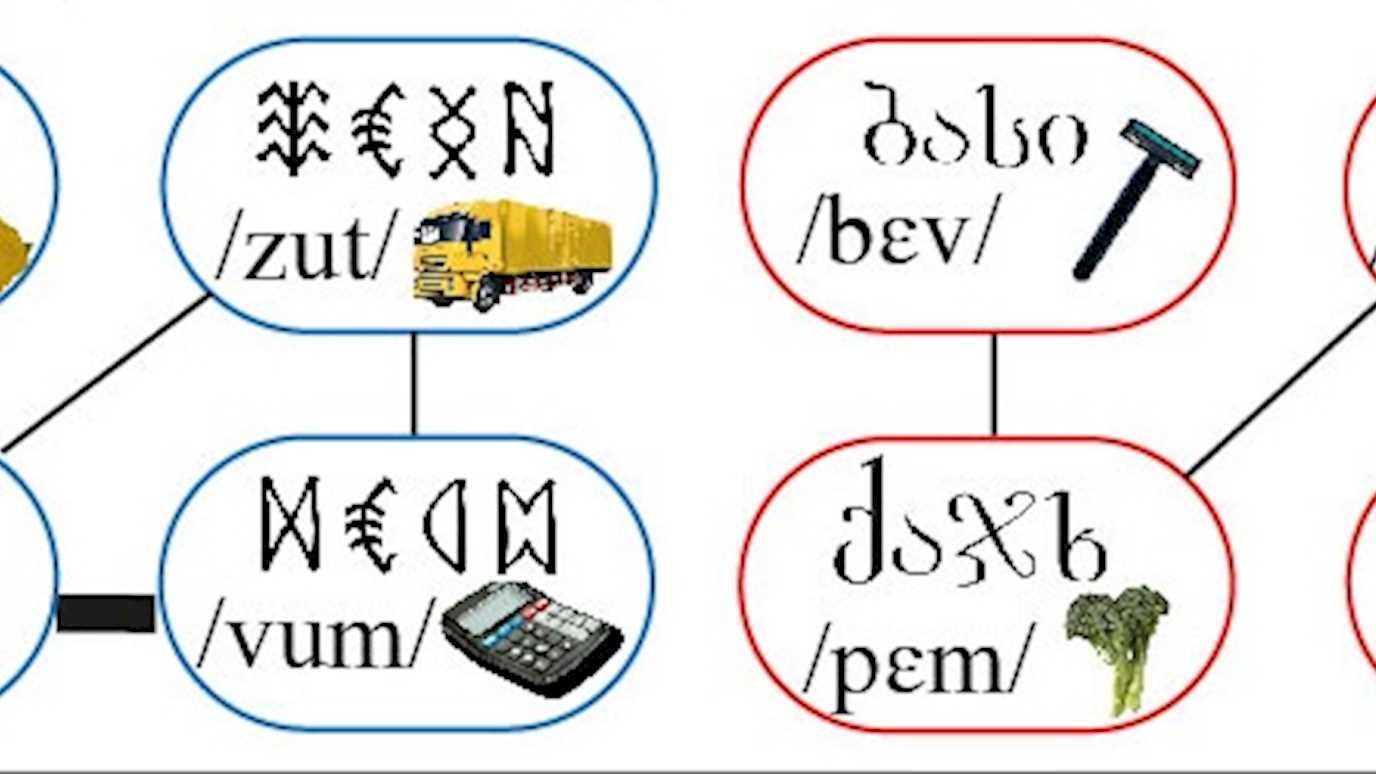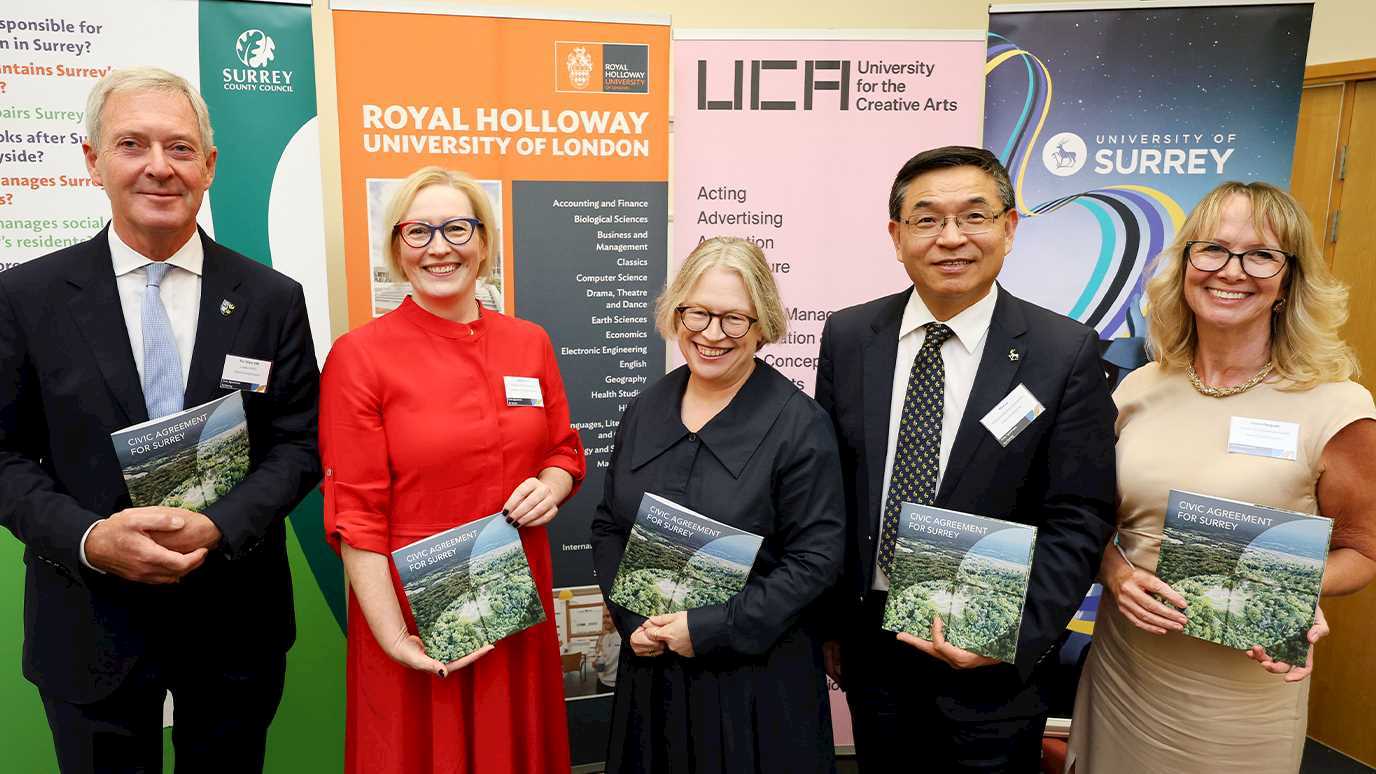The mystery of how readers’ brains transform written words into meanings has always been a controversial matter, yet new research by Royal Holloway, University of London, in collaboration with Aston University and the MRC Cognition and Brain Sciences Unit, has advanced the debate after academics made a new discovery.

Images of the made up alphabet
Reading is a skill developed through instruction and practice that requires the brain to reorganise its systems for vision and language. With this in mind, the research simulated this very process by training adults intensively for a fortnight to read in a new, never-seen-before alphabet.
Following the training, academics used an fMRI scanner to examine the patterns of brain activity when participants retrieved the meanings of the newly learned written words.
Results from the research revealed that brain regions that are typically thought to process visual information also determined the sounds and meanings of the newly learned words.
The researchers used advanced analyses to show that these brain regions form a hierarchy, starting from the back of the brain and moving forward, connecting memories of the visual symbols to the aspects of spoken language they represented in the experiment.
Professor Kathy Rastle from the Department of Psychology at Royal Holloway, said: “Reading allows us to experience language through vision and this research goes some way to showing how the brain makes this possible.”
Dr Jo Taylor from Aston University, added: “Our study has revealed how our brains transform arbitrary visual symbols to meaningful concepts that allow us to engage with the world.
“This advances our understanding of the intimate connection between written and spoken language.”
























